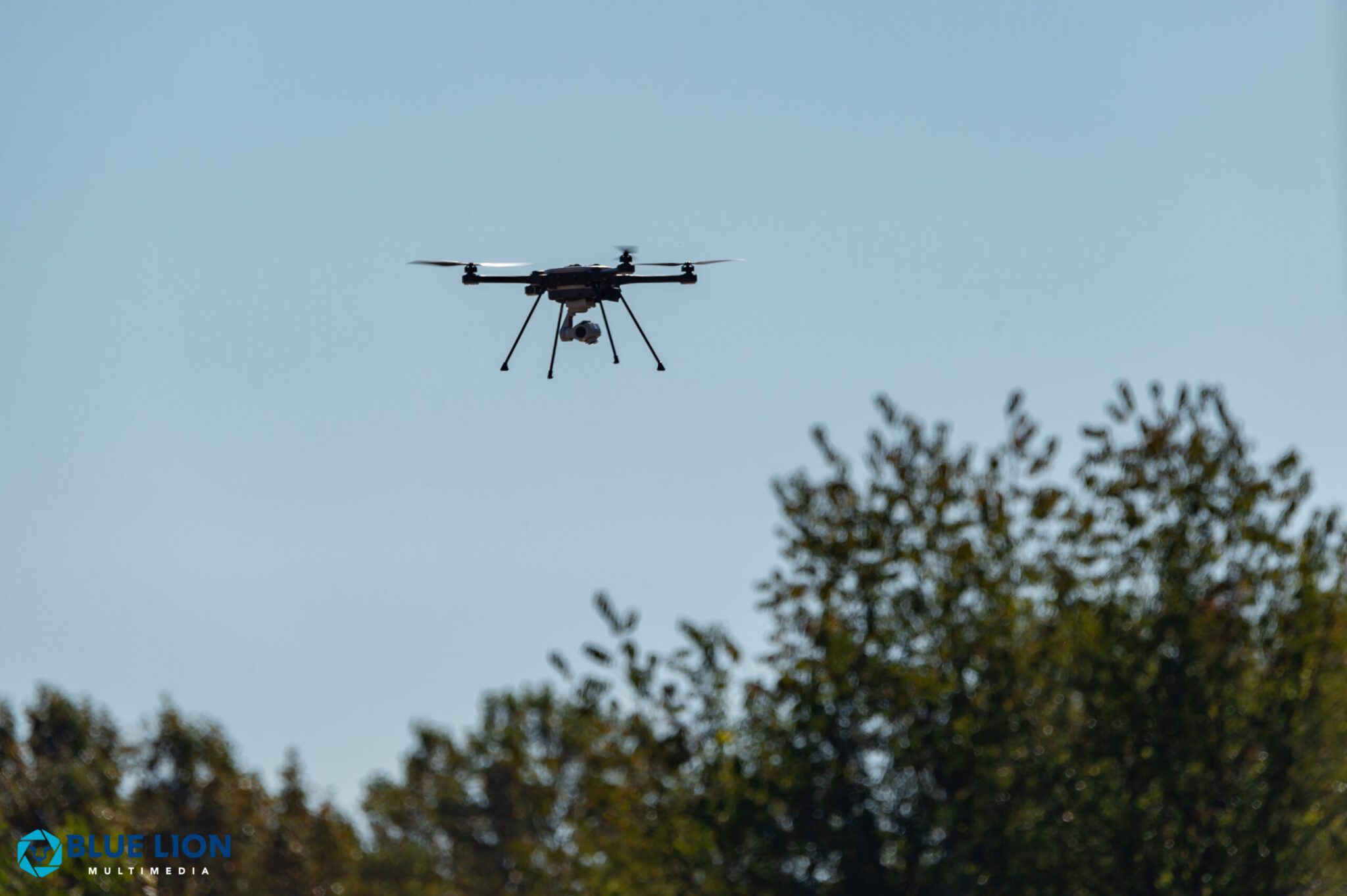This year, many logistics operations are opting to invest in asset tracking solutions. If you’ve already invested in an asset tracking solution, then you are ahead of the game. If you haven’t, it’s not too late to start, even if it can be difficult to know where to begin. A lot goes into the search for an asset tracking solution. These solutions are an investment to make, you want to make sure you’re investing in the best possible solution for your company. By the end of this guide, you’ll not only have a deeper understanding of the current state of asset tracking but also valuable insight into how these solutions are positioned to shape the future of supply chain management.
Increase Your ROI by Investing in AirFinder Everywhere
- Loss Prevention. Reduce the amount of loss that occurs during the supply chain process
- Location Coverage. AirFinder Everywhere uses a combination of GPS, Cellular, and WiFi to determine location everywhere
- Security Alerts. Know when a delay in shipment has occurred so the problem
can be addressed immediately.
What is Asset Tracking?
At the most basic level, asset tracking is a component of asset management that provides complete visibility of operational assets. It’s a comprehensive process that involves monitoring and managing an organization’s physical assets throughout their lifecycle. These assets can range from tools and equipment to vehicles and trailers. The primary goal of asset tracking is to provide real-time visibility into the location and status of these assets, allowing companies to optimize their equipment and vehicle utilization, enhance operational efficiency, and mitigate risks associated with loss or theft. At its core, asset tracking relies on technology to collect and record data about each asset. When an asset is moved, utilized, or undergoes maintenance, these changes are recorded in the system, providing a dynamic and up-to-date profile of each asset.
Why Should You Track?
There are many assets involved in supply chain management, from trailers to pallets and cargo to tools. If you’re putting a tag on every single business asset, you’re going to make a decent investment. Do you truly have to put a tag on every asset? The answer varies. When utilizing an asset tracking system, you are making a monetary investment in the solution. If the cost to replace the asset is not worth the cost of the solution, the answer is probably no. For example, the cost of a trailer is absolutely more than the cost of a tag on the trailer. Obviously, in this case, the cost is worth it. On the other hand, a small $5 tool is less important to keep track of. There are, however, exceptions to this rule. Sometimes the physical asset itself is not expensive but the data on the asset is priceless. You have to make the determination of whether or not tracking a certain asset is worth it based on not only the monetary cost of the asset, but how that asset is used. As you evaluate what you will and won’t track, have a conversation with a solution provider about the assets you want to track. Since they’ve been in the tracking industry for a while, they can help you easily determine which assets won’t give you an ROI when tracking. The point of investing in an asset tracker is to save you money. If tracking a certain asset won’t help you save money, then you shouldn’t put a tag on it.
Ways to Track Your Assets
When you begin your search for an asset tracking solution, you may be surprised by how many options you have to choose from. Different providers use different technologies, and some are intended for different purposes. It’s important to consider what you need from a solution so you can choose the solution that works best for you.
AirTag
The popular AirTag has been a source of inspiration for companies looking for a commercial asset tracking solution. Managers at companies have found personal success from using an AirTag to help them keep track of their keys and other personal items in their everyday lives. This has led them to wonder if they can use the AirTag to track the assets they manage professionally. However, upon research and trials, companies have repeatedly learned that the AirTag is not the best solution for tracking supply chain assets. They can’t scale to the level required for industrial use due to their short battery life, short tracking distance, and reliance on Apple technology. Because of a lack of success using the AirTag, companies have sought out a commercial asset tracker that would provide the desired benefits at an enterprise level.
Barcode/QR Scanning
Barcodes and QR codes are a great way to push from manual processes to more automated processes. To use this method of tracking, you attach a barcode or QR code to each asset you want to track and can scan each tag to automatically input information about the asset into the UI platform. While this is a helpful tool, better automated solutions have been developed and normalized to the point of affordability. Barcodes and QR codes leave room for human error since they are reliant on humans to scan. If a pallet goes missing, you can find out where it was the last time it was scanned, but if that pallet was moved to a different location, the barcode or QR code can’t tell you where it is at that moment. That means that even with this system, you’ll still need to conduct manual searches.
Real-Time Location System (RTLS)
If you’re investing money into asset tracking technology, it’s because you want visibility of your assets. If you are looking for visibility of your assets, you don’t care where your trailer was at 3 pm two days ago, you want to know where it is at that exact moment. Choosing an asset tracking software that is fully automated allows you to locate your assets in real time. Using this type of solution is as simple as attaching the asset tracking tags to each asset you want to track, connecting them to the UI, and watching them move around. If you’re searching for the location of the pallet so you can use it, you can look up where it is at that moment instead of where it was last documented. Using an asset tracking device that was built for commercial use is the best option for companies looking for supply chain visibility.
Key Features Your Asset Tracking Solution Should Have
The features you need in your solution will vary depending on the needs of your company. A company that is transporting perishable items may want a solution that tracks not only the location of their assets, but also the temperature of the assets. This way they can determine if the sensitive cargo is in the safe zone. Some companies may want a solution that has geofencing capabilities. This would mean they want to be alerted when their assets enter or leave a virtual boundary that they determine. This feature is helpful in theft prevention. If an asset crosses a boundary when it shouldn’t, fleet managers can take action immediately and retrieve the asset.
Comprehensive reporting capabilities are also essential for robust IT asset tracking software. These reports empower fleet managers to optimize asset utilization, identify inefficiencies, and make strategic plans. Integration capabilities are also pivotal for seamless operations. Your asset tracking solution should seamlessly integrate with your existing telematics solution. This integration streamlines data flow, reduces manual errors, and enhances overall operational efficiency. Scalability is also a key consideration for future-proofing the asset tracking solution. As organizations grow, the solution should seamlessly scale to accommodate an increasing number of assets, users, and transactions. Scalability ensures that the asset tracking system remains adaptable to your company’s evolving needs.
Future of Asset Tracking
The future of asset tracking promises a transformative evolution driven by advancements in technology and the increasing demand for visibility and efficiency. Through the use of asset tracking, companies can collect data about asset usage. With this data, companies will be able to anticipate maintenance needs, optimize asset utilization, and implement cost-effective strategies based on a deep understanding of asset behavior. AI can then analyze these vast datasets to identify patterns and predict potential issues or trends. AI-driven asset tracking solutions learn from historical data, making them increasingly intelligent in optimizing workflows and resource allocation as they collect and gain access to more information. This predictive intelligence will be instrumental in preventing downtime, reducing operational costs, and maximizing the lifespan of assets. The future of asset tracking also involves a shift towards sustainability and environmental consciousness. As organizations seek to minimize their ecological footprint, asset tracking systems will play a role in promoting responsible resource management. This includes tracking the environmental impact of assets throughout their lifecycle and making informed decisions to reduce waste and promote recycling.
Are You Ready To Take The Next Step?
As you evaluate various asset tracking solutions, make sure you are investing in a solution that will supply you with ROI. If you don’t receive ROI, then it won’t be worth the investment. From the meticulous tracking of physical location to the intricate management of maintenance schedules and lifecycle data, asset tracking has emerged as a cornerstone for efficiency, cost savings, and compliance. Whether you are a small business seeking to streamline operations or a large enterprise navigating complex supply chains, this guide serves as a compass, offering valuable insights and considerations to empower you in making informed decisions about the asset tracking solution that best suits your unique requirements. To learn more about asset tracking solutions and how your company can benefit from one, book a demo with our team.

Publisher: Source link











